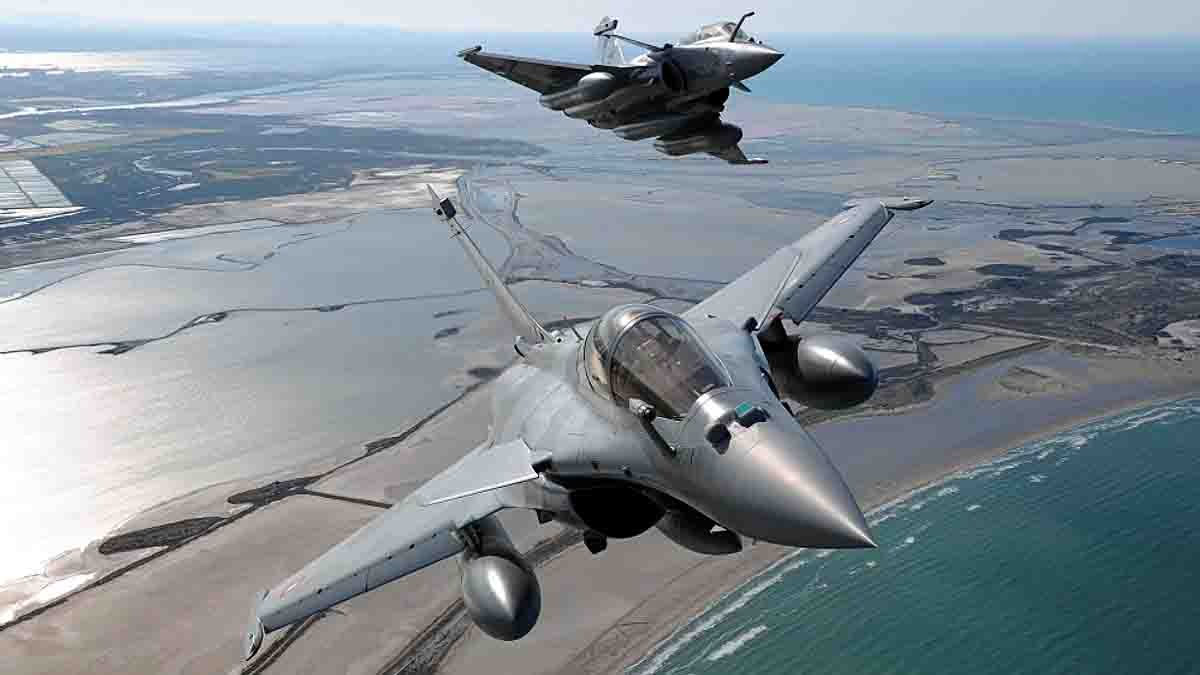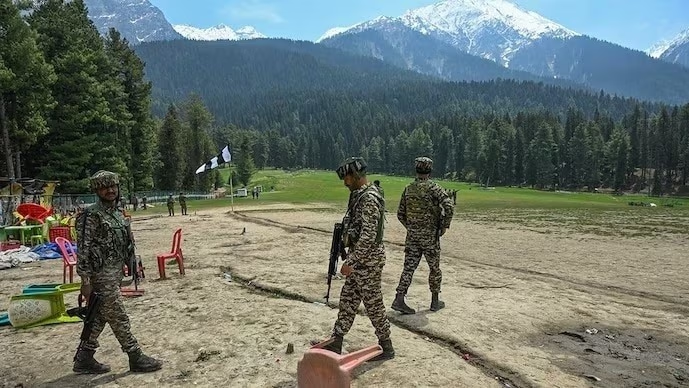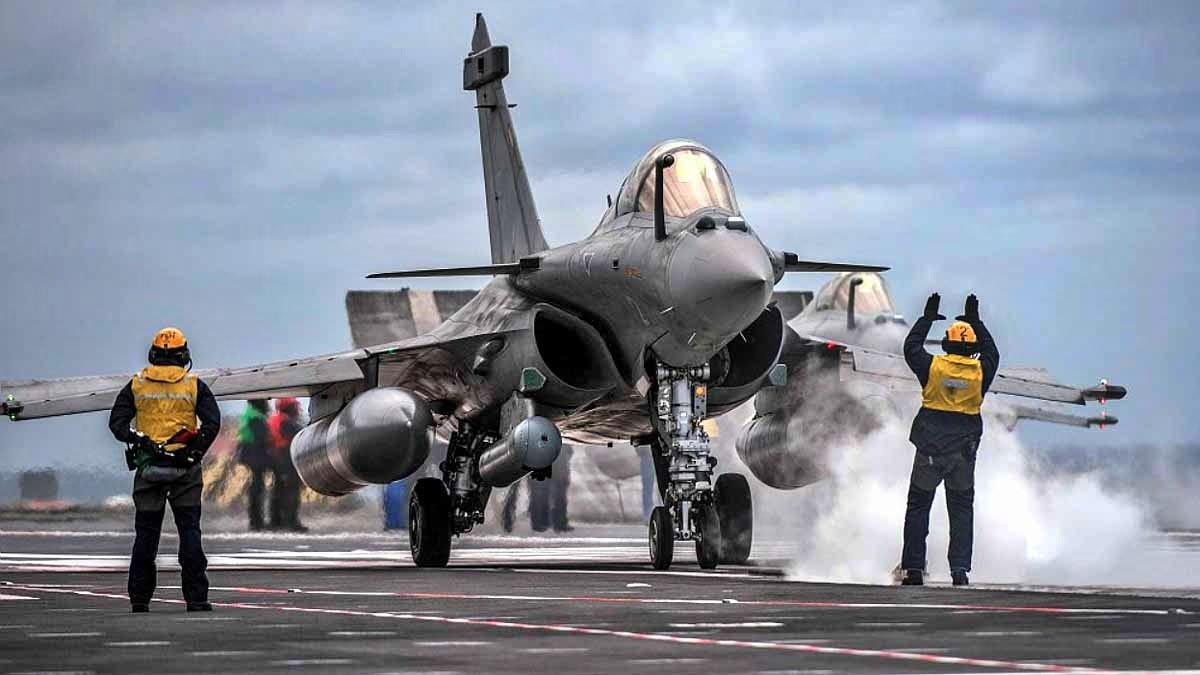After the terrorist attack in Pahalgam, tensions between India and Pakistan have reached an all-time high. The Rafale fighter jets of the Indian Air Force have triggered a wave of fear in Pakistan. Discussions about Rafale's might are buzzing among Pakistani media and the public.
People are turning to Google to learn about India's military strength, Rafale's combat capabilities, and looming war prospects. Rumors spread by Pakistani army generals and the media are exacerbating these fears.
On April 22, 2025, a terrorist attack in Pahalgam, Jammu and Kashmir, claimed the lives of 26 tourists. India held Pakistani terrorists responsible. Former Pakistani soldier Adil Raja alleged that the attack was orchestrated by Pakistan's army chief General Asim Munir, further tarnishing Pakistan's international image.
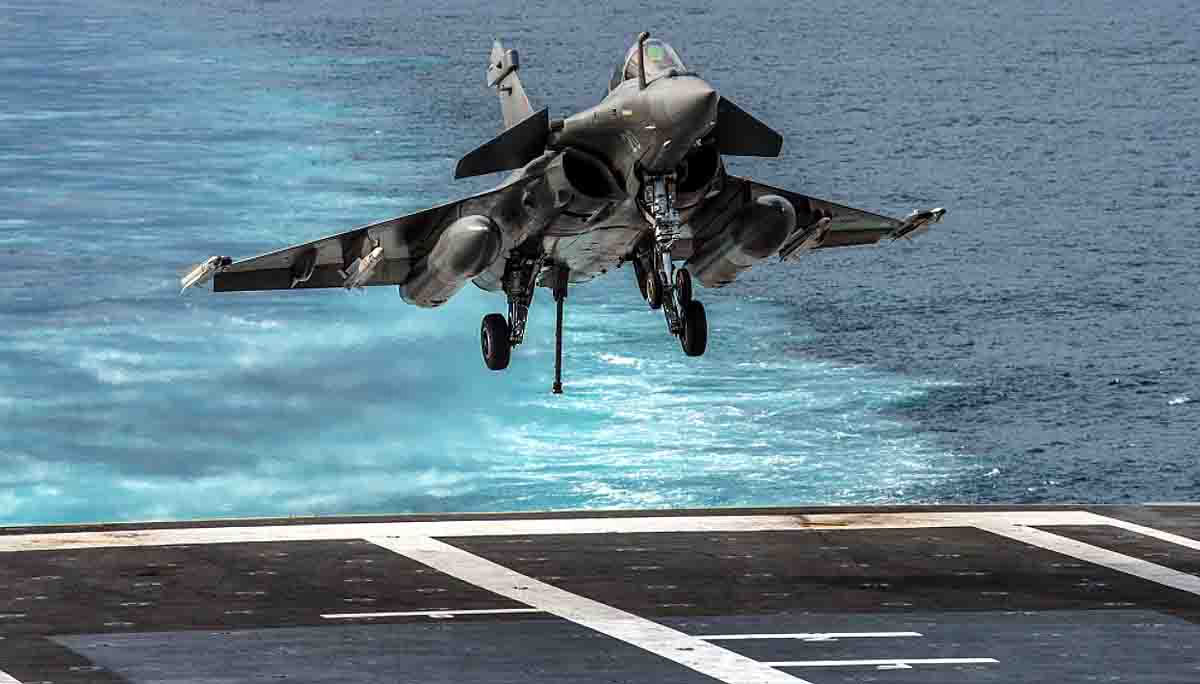
Source: aajtak
In response, India took stringent measures including suspending the Indus Waters Treaty, shutting Indian airspace to Pakistani aircraft, and sending back Pakistani citizens at the Attari border. These steps have increased pressure on Pakistan. Indian forces have been given full freedom to act against terrorists.
The Rafale Fear: Panic in Pakistani Media and Public
Pakistani media recently claimed that four Indian Air Force Rafale jets were seen patrolling the Line of Control (LoC) across Kashmir overnight. PTV News and Radio Pakistan cited security sources stating that Pakistani Air Force engaged and the jets retreated. However, India dismissed these claims as "fabricated" and "fictitious."
At a press conference at 2 AM on April 29, Pakistani Information Minister Attaullah Tarar claimed based on intelligence that India might strike within the next 24-36 hours. This statement fueled panic in Pakistan, leading to hashtags like #MunirOut trending on social media.
On April 28, 2025, India and France signed a deal for 26 Rafale-M (Marine) fighter jets for the Indian Navy, worth 63,000 crore rupees. This includes 22 single-seat and 4 twin-seat aircraft to be deployed on the INS Vikrant and INS Vikramaditya aircraft carriers. The deal also encompasses maintenance, logistic support, and sailor training.
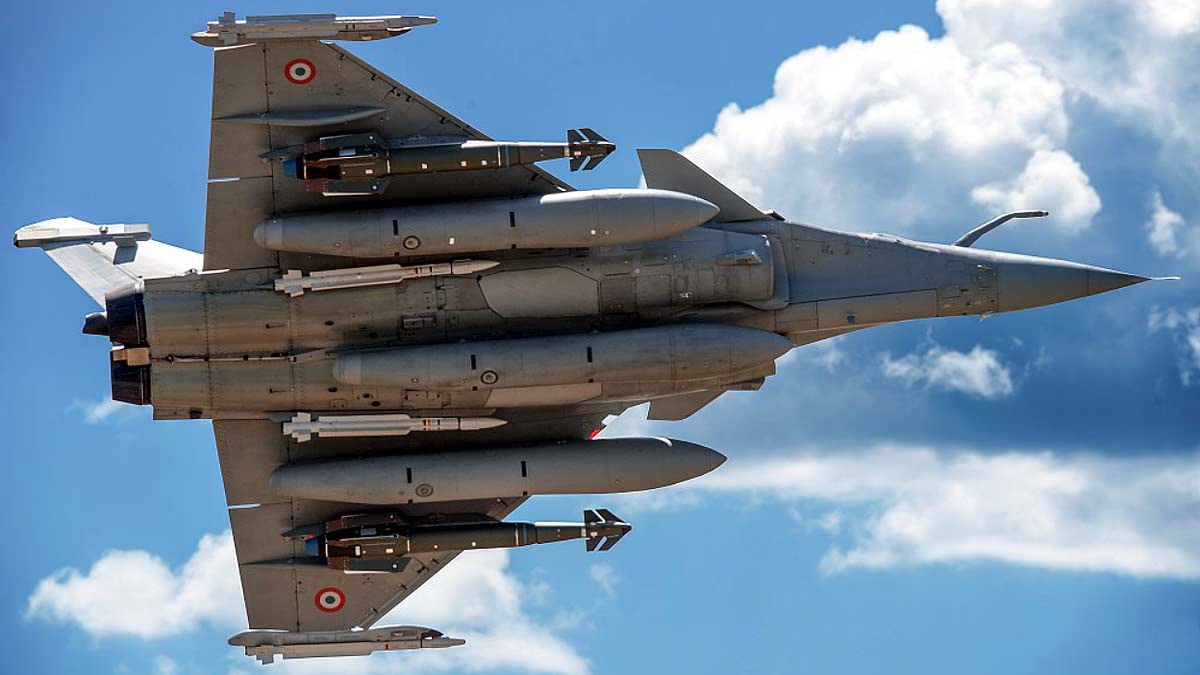
Source: aajtak
Deploying Rafale-M will significantly bolster the Indian Navy's strength. In the 1971 war, the Indian Navy devastated Pakistan's Karachi port. With Rafale-M, this strength will magnify. Defense experts suggest this deal is pivotal in countering China's and Pakistan's aggression in the South China Sea and Indian Ocean.
Why is Rafale so formidable?
Rafale is a 4.5 generation multi-role fighter jet known for its advanced technology and combat prowess. Key features include...
Speed and Range:
The Rafale-M achieves speeds of 2202 km/h, surpassing Pakistan's JF-17 (1910 km/h) and J-10 CE (2100 km/h), with a range of 3700 km, making it apt for long-range missions.
Armament:
Equipped with a 30 MM autocannon gun, 14 hardpoints, and Meteor (300 km range) and SCALP missiles. Armory includes air-to-air, air-to-ground, and anti-ship missiles.
AESA Radar:
Its active electronically scanned array radar tracks targets over long distances.
Stealth and Electronic Warfare:
The SPECTRA system provides stealth. With aerial refueling, it extends its range.
Naval Capability:
Rafale-M is designed for aircraft carriers, making it a formidable asset in naval warfare.
Pakistan mainly relies on Chinese-origin fighter jets like JF-17 and the older F-16s, which are inferior to Rafale. Additionally, Pakistan's HQ-9 air defense system is ineffective against India's S-400 systems and BrahMos missiles.
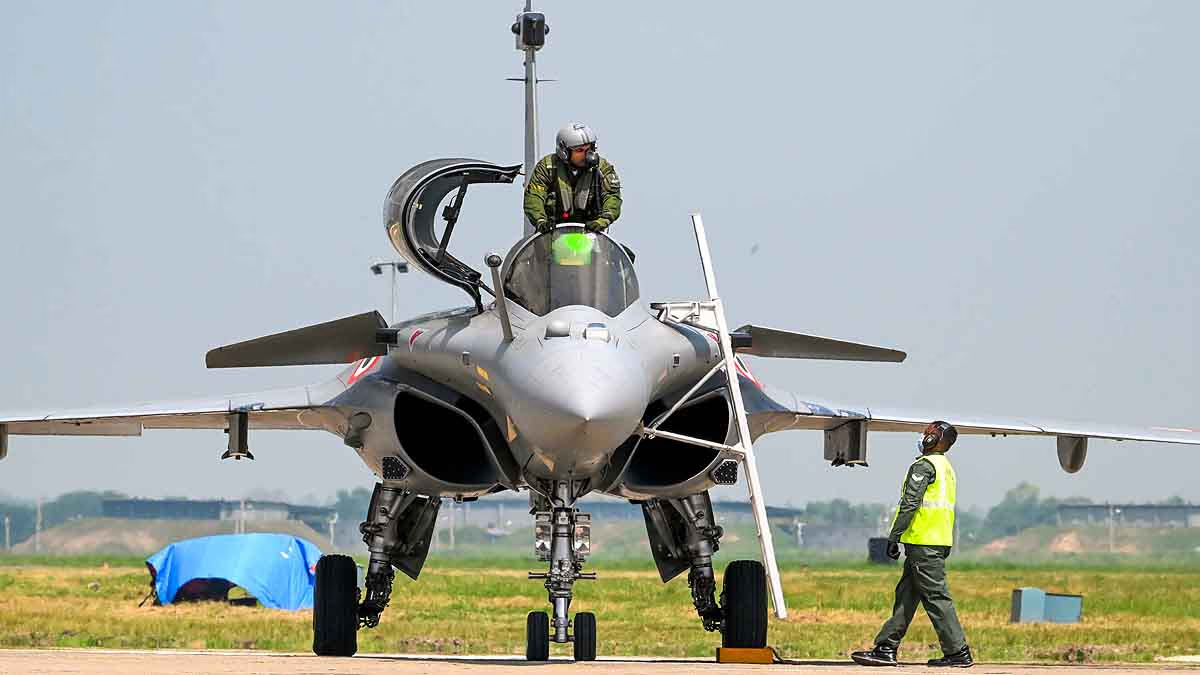
Source: aajtak
Pakistani Generals and the Rumor Game
Rumors about Rafale are spread by the Pakistani army and media to instill fear in the public and serve anti-India propaganda. For instance...
Embark on Operation Rafale:
Pakistani media claimed Rafale jets conducted reconnaissance in PoK, which India refuted. This was an attempt to spread fear and showcase Pakistani Air Force strength.
General Munir Rumors:
Claims circulated on social media that General Asim Munir fled the country in fear. These rumors trended under #MunirOut, questioning the credibility of the Pakistani army.
Pakistan army spokesman Lt General Ahmed Sharif Chaudhry and Defense Minister Khawaja Asif accused India of fostering terrorism in Balochistan and Khyber Pakhtunkhwa. Indian defense sources argued that internal military discontent caused Pakistan's violence.
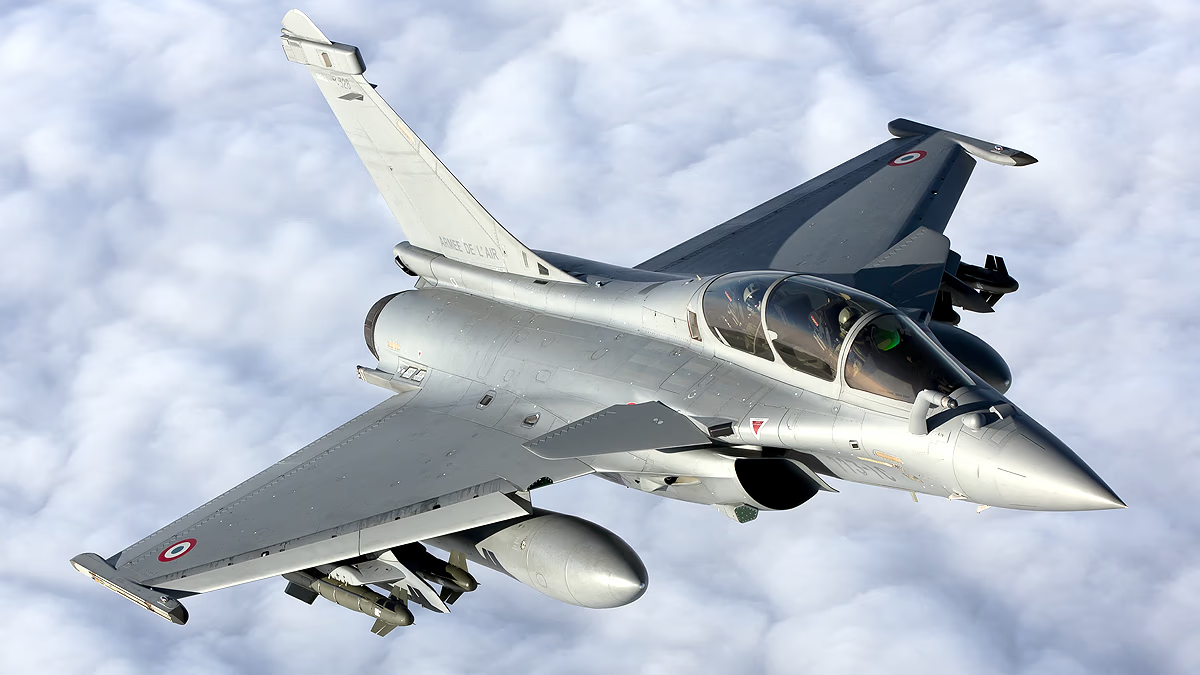
Source: aajtak
Pakistan's Vulnerabilities
Pakistan's fear extends beyond Rafale. Several vulnerabilities make it weak compared to India...
Military Imbalance:
India has 62 Rafale, Su-30 MKI, and S-400 systems, while Pakistan relies on older F-16 and Chinese JF-17.
Economic Crisis:
With 24% inflation and a food crisis, Pakistan cannot endure prolonged conflict.
Diplomatic Isolation:
Limited support from China and Turkey, while Iran, Saudi Arabia, and the US remain neutral.
Terrorism Burden:
The Pahalgam attack highlighted Pakistan's terror-sponsored policies, diminishing its credibility.
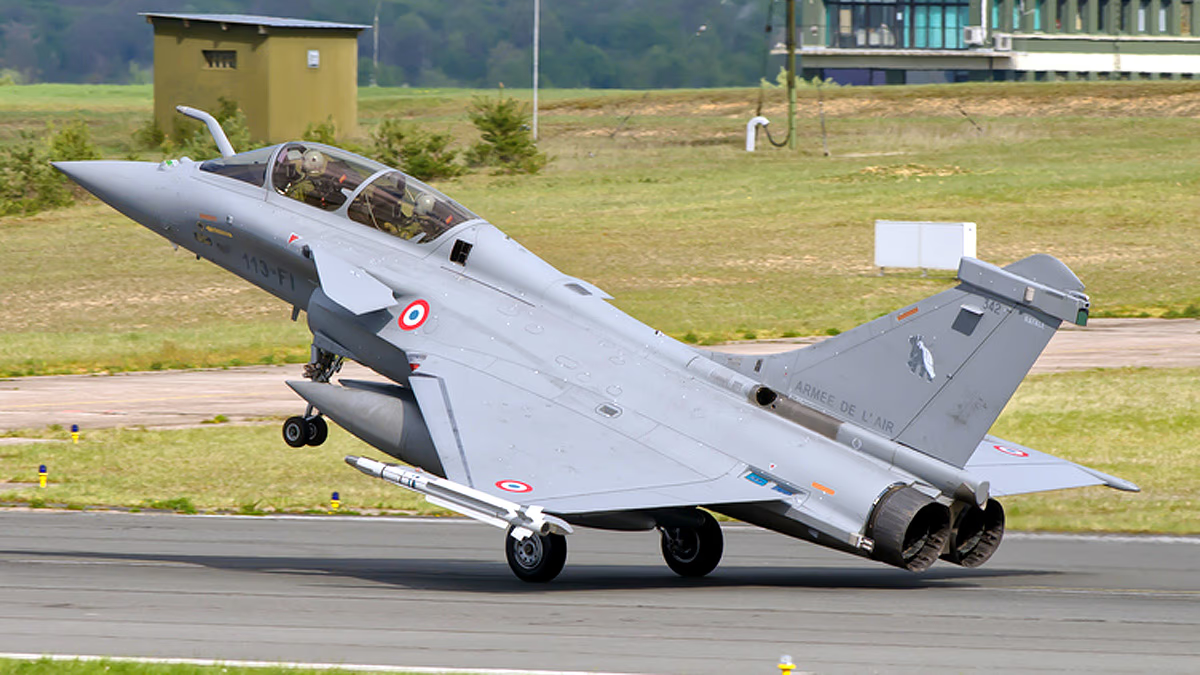
Source: aajtak
India's Strategy and Future
With the Rafale-M deal, India's message is clear in bolstering its naval strength. Deploying INS Vikrant in the Arabian Sea and Rafale poses a threat to Pakistan's Gwadar Port and Karachi. India has also requested Rafale’s source code from France for integrating indigenous radars, avionics, and missiles, marking a leap towards Atmanirbhar Bharat (self-reliant India).
Prime Minister Narendra Modi emphasized strong counter-terrorism actions wherever threats lurk. Army Chief General Upendra Dwivedi's security review in Jammu and Kashmir signifies India's readiness for counteractions.
